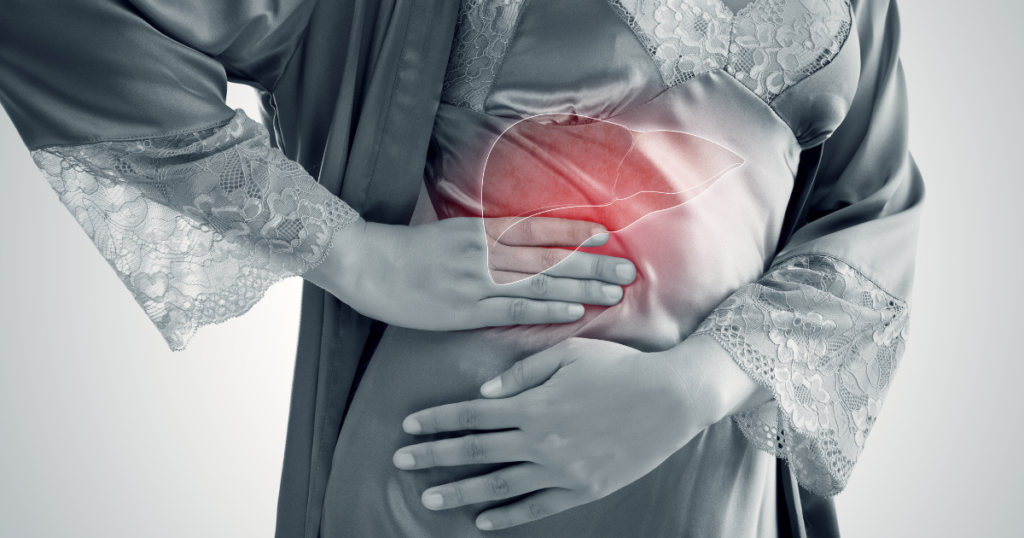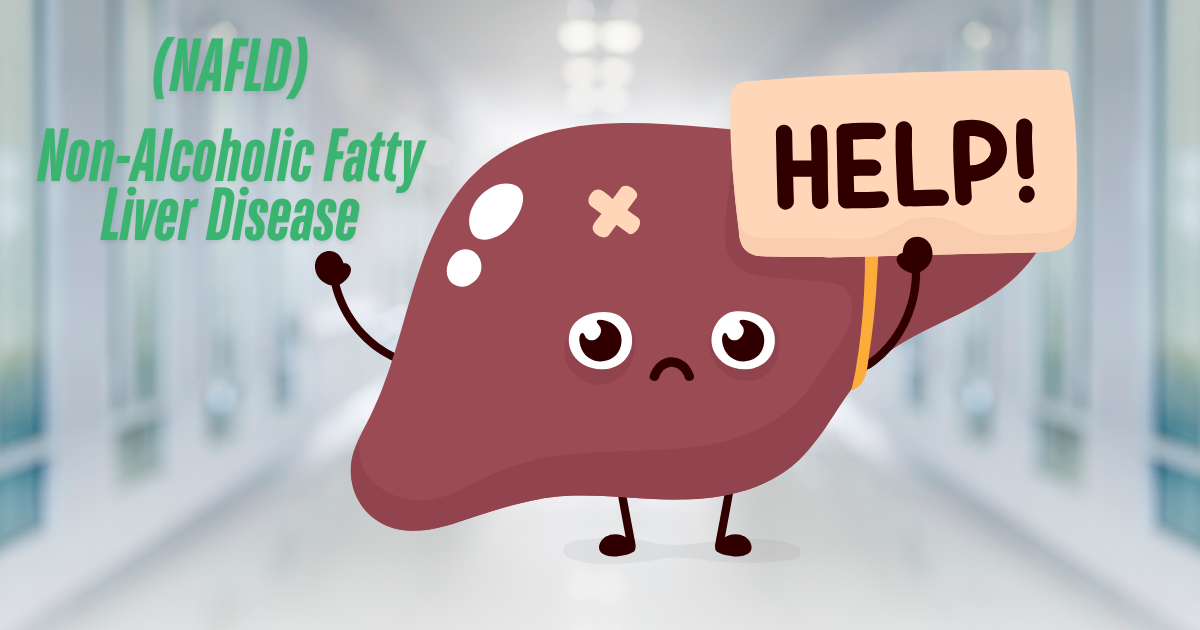
Understanding Non-Alcoholic Fatty Liver Disease (NAFLD): Causes, Risks, and Treatment Options
Non-alcoholic fatty liver disease (NAFLD) is a growing health concern, now affecting an estimated 20% to 40% of the U.S. population. This condition is characterized by the buildup of excess fat in the liver and often goes unnoticed due to its lack of symptoms. NAFLD is frequently discovered accidentally during imaging tests (such as ultrasounds, CT scans, or MRIs) conducted for other reasons or when investigating abnormal liver blood test results. Strongly linked to conditions like diabetes and obesity, NAFLD also increases the risk of cardiovascular disease. As research into this condition continues, our understanding of its causes, consequences, and treatments is gradually evolving.
The Many Faces of Fatty Liver Disease
The terminology surrounding fatty liver disease can be confusing, but it’s important to understand the key distinctions. The umbrella term NAFLD refers to fat accumulation in the liver not caused by alcohol. NAFLD is further categorized into two main types:
- Non-Alcoholic Fatty Liver (NAFL): Also known as simple fatty liver, this condition involves excess fat without significant liver damage.
- Non-Alcoholic Steatohepatitis (NASH): A more severe form, NASH involves liver inflammation and damage, which can lead to more serious liver conditions.
Why It’s Important to Distinguish Between NAFL and NASH
Understanding whether you have simple fatty liver (NAFL) or NASH is crucial. While NAFL typically does not cause liver-related health issues, NASH can lead to liver inflammation and damage, increasing the risk of liver fibrosis (scarring), cirrhosis, and even liver cancer. In fact, NASH-related cirrhosis is expected to become the leading cause of liver transplants within the next year. Fortunately, the majority of people with NAFLD have simple fatty liver, while an estimated 3% to 7% of the U.S. population has NASH.
A liver biopsy is the only way to definitively diagnose NASH, but due to the potential risks and costs associated with this procedure, it is not feasible for everyone with NAFLD. Researchers are working on noninvasive methods to identify those at the highest risk for fibrosis, who may benefit from a biopsy. These methods include biomarkers, blood test-based scoring systems (such as the NAFLD fibrosis score and Fibrosis-4 index), and elastography, a technique that uses soundwaves to assess liver stiffness and estimate fibrosis.
Keeping Your Liver Healthy: What You Can Do
If you’ve been diagnosed with fatty liver disease, it’s essential to take steps to protect your liver from further damage. Here are some key recommendations:
- Limit Alcohol Intake: Although the exact safe limit is debated, it’s generally best to avoid alcohol altogether.
- Review Your Medications and Supplements: Ensure none are harmful to your liver. Even common medications like acetaminophen (found in Tylenol) can be dangerous if taken in large amounts over time, especially if you have liver disease or drink alcohol.
- Get Vaccinated: Protect yourself against hepatitis A and B, which can further damage the liver.
- Manage Other Health Conditions: Address any underlying diseases that may contribute to your fatty liver, and consult your doctor about your overall health.
- Screen Regularly: If you have cirrhosis, regular liver cancer screenings are crucial.
Treatment Options: What You Need to Know
As of now, there are no FDA-approved medications specifically for fatty liver disease. However, two treatments—vitamin E (an antioxidant) and pioglitazone (a diabetes medication)—are recommended by the American Association for the Study of Liver Diseases for individuals with biopsy-proven NASH. These treatments aren’t suitable for everyone, and there are concerns about potential side effects. It’s important to discuss with your doctor whether these treatments are appropriate for your situation. Fortunately, new medications are in development, showing promise in early studies.
Lifestyle Changes: The Most Effective Treatment
The good news is that the most effective way to manage fatty liver disease doesn’t involve medication but rather lifestyle changes. The challenge, however, is that these changes can be difficult to maintain. Here’s what you can do:
- Lose Weight: Shedding just 5% of your body weight can improve liver function and reduce liver fat. A weight loss of 7% to 10% can decrease liver inflammation and potentially reverse some fibrosis. Aim for a gradual weight loss of 1 to 2 pounds per week, as rapid weight loss can actually worsen liver inflammation and fibrosis. If traditional weight loss methods aren’t working and your health is at risk, discuss the possibility of weight loss surgery with your doctor.
- Exercise Regularly: Aerobic exercise can reduce liver fat and, if done vigorously, may also reduce liver inflammation, even without weight loss.
- Adopt a Healthy Diet: The Mediterranean diet, which emphasizes fruits, vegetables, whole grains, legumes, nuts, healthy oils, and lean proteins, may help reduce liver fat.
- Consider Drinking Coffee: Some studies suggest that drinking two cups of coffee daily may lower the risk of fibrosis, though you should weigh the benefits against the potential downsides of regular caffeine intake.
While making these lifestyle changes can be challenging, the benefits are substantial. Not only can they help manage your fatty liver disease, but they can also reduce your risk of cardiovascular disease, which remains the leading health risk for individuals with fatty liver. By taking proactive steps, you can significantly improve your liver health and overall well-being.
This version is designed to be informative and accessible while emphasizing the importance of understanding and managing NAFLD effectively.



One thought on “Understanding Non-Alcoholic Fatty Liver Disease (NAFLD): Causes, Risks, and Treatment Options”